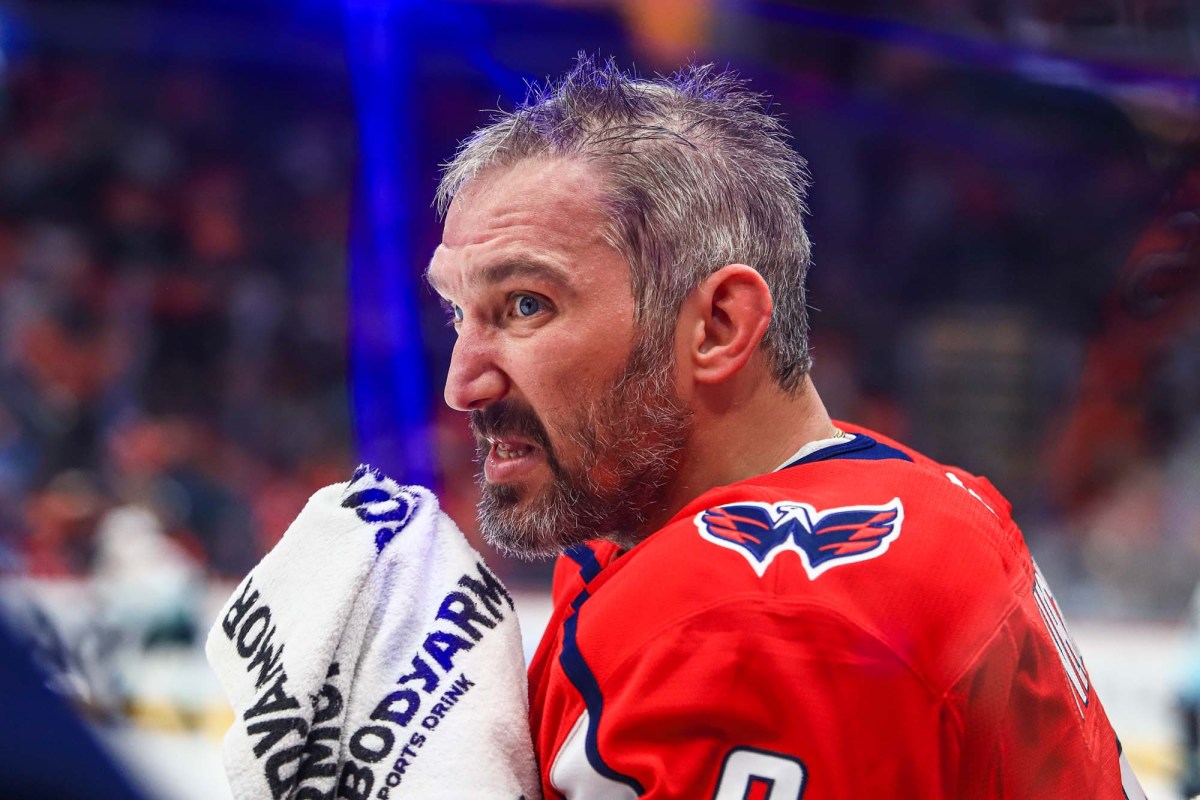The Capitals lost last night, again. Poor Chris, in his NFTMA series, has had to write some version of this too much this season:
Another game where the Capitals control play at five-on-five, but can’t finish their chances and get smoked on special teams. I don’t know if you need me to relitigate this stuff again, but they went 0-for-2 while up a man and gave up two power-play goals.
The 2025-26 Washington Capitals are so disjointed. Their five-on-five play and power play/penalty kill feel like two different teams.
Five-on-five is great; it’s special teams that are deciding close games. It’s special teams that are why the Caps rank 25th in points percentage. Even-strength play has been very good, but the team’s losing record is having a reverse-halo effect on how we think of it. I find it helpful to understand a team’s performance by their immediate neighbors, so the five-on-five Caps keep company with the Colorado Avalanche and Carolina Hurricanes, and the special-teams Caps hang out near the St. Louis Blues and Columbus Blue Jackets.
On pace to finish with 82 standings points, the Caps need to change their trajectory or else they’ll miss the playoffs in the final year of Alex Ovechkin‘s contract (and maybe career). Were they to miss the playoffs, that would be almost unprecedented for a team playing so well during five-on-five.
Through 17 games, the Caps have controlled 57.3 percent of the expected goals during five-on-five – meaning they have the puck more and do more with it than their opponents. (They aren’t shooting particularly well, but Logan Thompson’s goaltending has made up for it, so the team’s actual-goal percentage is still great: 61.0 percent.)
Going back a decade, twelve teams have controlled expected goals as well as Washington at this point in the season. All of them made the playoffs. Of the 34 team-seasons with better than 55 percent expected goals on November 14, all but three made the playoffs. Those three were freaks, and we need to understand their freakness.
2018 Edmonton Oilers 🛢
They rode Connor McDavid hard in the early season. He clocked 22.5 minutes per game in those first 18 games, which powered them to a 56.3 percent xGF start that they couldn’t maintain.
They were a very top heavy team (plus-20 in goals when McDavid was on the ice, minus-32 when he wasn’t), but special teams were a disaster too. They ranked 32nd in the power play and 25th (out of 31) in the penalty kill. They finished with 78 points, 6th in the Pacific.
2018 Montreal Canadiens 🥐
I guess 2017-18 was an extra-weird early season. There wasn’t much memorable about these Habs, except maybe Brendan Gallagher‘s high shooting and Carey Price‘s stinking – ranking 56th out of 56 goalies in goals-saved-above-expected despite a decent .900 all-situation save percentage.
Their possession dominance early on – 55.9 percent of expected goals – was probably an aberration. They finished with 51.4 percent, which is good enough to make the playoffs most years, unless you have the worst penalty kill in the league, which the 2018 Montreal Canadiens did.
The Pens outscored opponents 38 to 26 during five-on-five in their first 14 games, powered by a 55.2 percent xGF. That wasn’t sustainable for their aging core, but like the ’18 Canadiens they finished above even: 51.3 percent. Offense in general was a problem – the only players with more than 20 goals were Malkin, Crosby, and the lucky bastards who got to play with Crosby, Rust and Guentzel. (Crosby might have gotten those two fellas like $20 million more than they’d have earned otherwise).
But, and you won’t believe this, the downfall of the ’24 Penguins was special teams. Their power play converted 15.3 percent, ranked 30th out of 32. But accounting for opponent shorthanded goals, a league-high twelve, they were by far the worst. They had other problems – probably as top-heavy as the 2018 Oilers, but any competent PP would have earned them the three standings points they would have needed to catch the … uh … Washington Capitals in the wild-card spot.
I don’t expect the Capitals to sustain 57.3-percent possession for the rest of the season, but I do think they’re an excellent five-on-five team. They have much more utility among middle-six forwards than I expected. There’s a world in which Alex Ovechkin starts scoring, Aliaksei Protas’ playmaking improves, and Hendrix Lapierre gets ice time. Those Caps would be fearsome – and it’d still all be for naught because god-awful special teams cost them a playoff spot.

